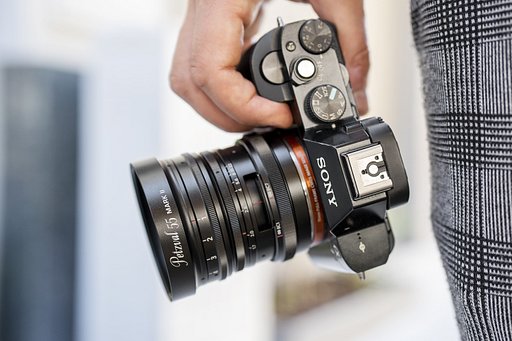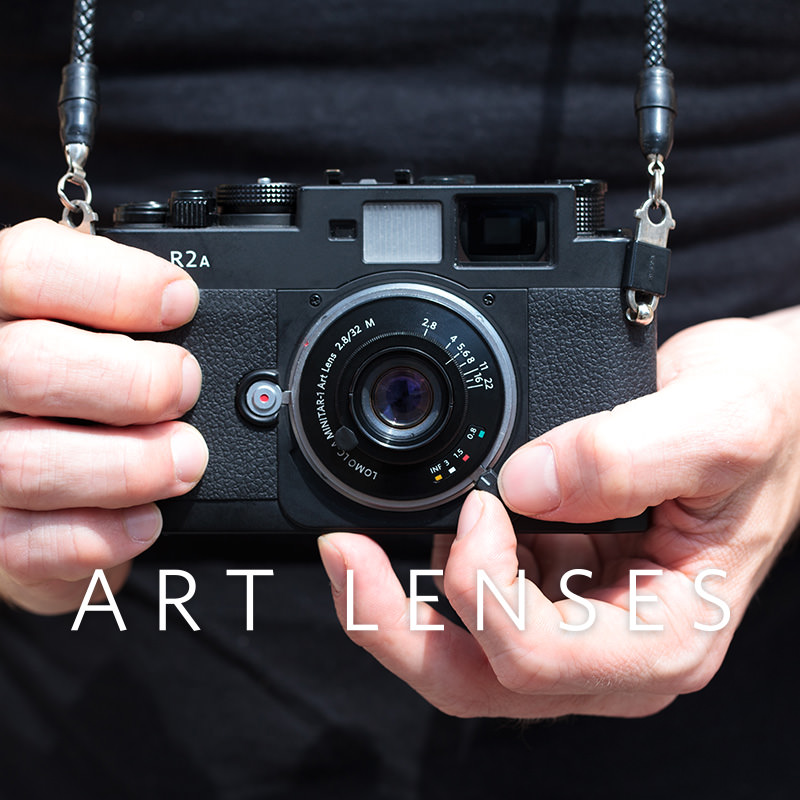Lomography's Little Lessons: Film Speed
2Sometime between 6,000 and 10,000 years ago, a boy in northern Afghanistan was born with a gene mutation that hindered his eyes from producing melanin and thus from turning brown. He had blue eyes. If you see someone with blue eyes today, he is a descendant of this unlucky fellow. I am one of those weird folks and apart from feeling like a mutant and being Angelina Jolie’s secret sister, I am sensitive to light like an ISO 6,400 film.
Film Speed describes the light sensitivity of photographic film, and in this third Little Lesson we will have a closer look at what all those ISO numbers mean. How can we shoot awe-inspiring photos in any lighting condition? By choosing the right film, of course!

Back in 1974, the International Organization for Standardization (ISO) set up a pretty smart standard for measuring the light sensitivity of photographic film, a characteristic that we call the film speed. When we talk about the ISO of a film, we are referring to its speed or light sensitivity according to this standard – the ISO 5800:2001.
To understand why one film is more sensitive to light than another, let’s first take a closer look at a film sheet.

The thin film sheet that we have to run into our cameras so deftly is made of a plastic base coated with multiple layers of a gelatin emulsion. Some of these layers contain loads of tiny, light-sensitive silver halide crystals.
The bigger those crystals are, the more sensitive they are to light. Therefore, shooting with fast film (meaning a high ISO number) will lead to nicely exposed pictures even in low light situations. Choosing slow film on the other hand (meaning a low ISO number) would most likely result in dark, underexposed pictures. Slower film simply needs more exposure to produce an image than faster film.
Why then don’t we always shoot with fast film? Well, as I said earlier, the light sensitivity of film depends on the size of its silver halide crystals. On fast film, the large silver halide crystals are not only more sensitive to light, but will also be more visible on the final image – we call it the grain. While a grainy result might be appealing on film noir-inspired mood shots at night, most times we would aim for a well-defined result with a very fine grain. To show you what I am talking about, have a look at these two portraits:

Both of my friends are just lovely, but you can see that the first picture is pretty grainy and the definition is rather miserable. I was shooting with an expired ISO 400 film. On the second one instead, the grain is hardly visible and the shadows and contrasts are finer. Here, I chose an ISO 100 film.
So, in which lightning conditions should we choose which film?
ISO 100: Heading out for a picnic in a park with friends on a sunny summer day? Shoot with an ISO 100 film — their smiles will be beautifully captured. The same goes for Skiing in the mountains. The snow is not only bright itself, but it also reflects so much light that nobody likes to glide down the hill without sunglasses. A low ISO is a must! Furthermore, if you are absolutely addicted to fine grain, go for ISO 100 and use a tripod and long exposure times or set up studio lights.
ISO 200: It is a nice sunny day but you already caught a sunburn and want to stay in the shadow in the late afternoon? Shoot with ISO 200 film and stay cool under the trees!
ISO 400: Outdoors or indoors, this film is an all-rounder. Flash your fellows up in an endless party night or point and shoot on an overcast trip to windy Scandinavia – ISO 400 will fulfill all your Lomographic needs.
ISO 800: All hell breaks loose while wandering the coast of Portugal? Time for crazy storm pictures! When the sky is very overcast and the waves are crashing against the reefs at high speed, choose ISO 800 film and take some amazing photos of the rough sea!
ISO 1600: An unforgettable late summer night on the vibrant New York City streets needs to be captured with beautiful shots but your flash fell into the current when you were passing the Hudson River? Well, no worries. Get ISO 1600 film and start shooting!

With all this film speed knowledge in your pocket there is only one last step to take. In our next Little Lesson we will bring the aperture, the shutter speed and the ISO together and talk about how to balance out the exposure of a picture by controlling these three parameters. Stay tuned and check out our previous episodes of Lomography’s Little Lessons:
Lomography's Little Lessons: Aperture
Lomography's Little Lessons: Depth of Field
written by jennifer_pos on 2015-05-19 #gear #tutorials #tipster
















No Comments